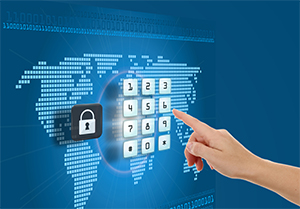
Cyberattack against JPMorgan Chase Affects 76 Million Households
The attack also affected an estimated seven million businesses
- By Matt Holden
- Oct 03, 2014
 A cyberattack over the summer on JPMorgan Chase compromised the accounts of 76 million households as well as seven million small businesses, according to a report. These are much higher numbers than previous estimates by the bank, making the attack one of the largest ever.
A cyberattack over the summer on JPMorgan Chase compromised the accounts of 76 million households as well as seven million small businesses, according to a report. These are much higher numbers than previous estimates by the bank, making the attack one of the largest ever.
“We’ve migrated so much of our economy to computer networks because they are faster and more efficient, but there are side effects,” said Dan Kaminsky, a chief scientist at the security company White Ops.
Up until a few weeks ago the bank believed only one million accounts were affected. Once officials from the bank realized the severity of the attack, they quickly moved to reassure customers that no money has been taken and their financial information remained secure.
Instead of taking money, the hackers obtained a list of applications and programs that run on JPMorgan’s computers, which they could index with known vulnerabilities for each application as a way to enter back into the bank’s systems.
Jamie Dimon, JPMorgan’s chairman and chief executive, has acknowledged the growing threat of cyberattacks. “We’re making good progress on these and other efforts, but cyberattacks are growing every day in strength and velocity across the globe.”
Some question the motive of the hackers considering they didn’t appear to take any money. Security experts are even going so far as to think they may have been sponsored by elements of the Russian government.
Now the bank must swap out all of the programs and applications used internally as well as renegotiate licensing deals with technology suppliers in order to try and quell any attack going forward. That process takes months however, leaving the financial institution vulnerable to other attacks of this nature.
JPMorgan Chase says it plans to spend $250 million on digital security annually.
About the Author
Matt Holden is an Associate Content Editor for 1105 Media, Inc. He received his MFA and BA in journalism from Ball State University in Muncie, Indiana. He currently writes and edits for Occupational Health & Safety magazine, and Security Today.